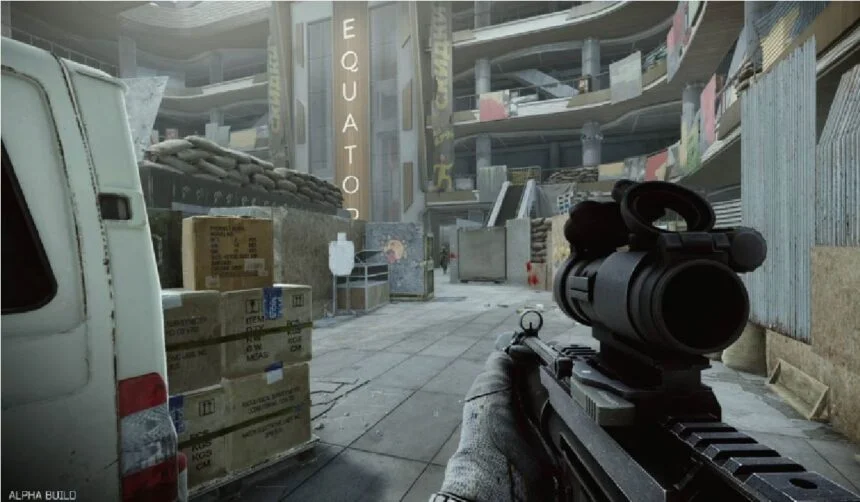Escape from Tarkov is known for its hardcore mechanics, realistic gunfights, and immersive survival gameplay. But no matter how skilled you are, poor internet performance can ruin your raids. Lag, desync, and delayed actions are common issues when your connection isn’t stable. That’s why learning how to test your ping and optimize your setup is just as important as mastering the game itself.
Why Ping Matters in Tarkov
Ping measures the time it takes for data to travel between your device and the game server. It’s expressed in milliseconds (ms). The lower your ping, the smoother your gameplay experience will be.
- 0–50ms: Excellent performance, near-instant response.
- 50–100ms: Playable, but slight delays may occur.
- 100ms+: Noticeable lag and delayed actions that affect your survival chances.
Since Tarkov relies heavily on timing and precision, high ping can lead to missed shots, failed trades, or losing fights you should have won.
How to Test Your Ping in Tarkov
Before jumping into a raid, it’s a good idea to check the stability of your connection. Using a reliable tool for how to test ping in Tarkov allows you to see your latency and determine whether your network is ready for competitive play.
A ping test shows:
- Your average latency in milliseconds.
- Whether your connection is stable or spiking.
- Signs of packet loss or jitter that could cause lag.
Testing before you play ensures you won’t be caught off guard by sudden delays mid-match.
Common Causes of High Ping in Tarkov
If you’re struggling with lag, here are some common reasons behind it:
- Distance to Servers – The farther you are from Tarkov servers, the higher your ping.
- ISP Routing Issues – Some internet providers don’t optimize for gaming traffic.
- Wi-Fi Instability – Wireless connections are prone to packet loss and interference.
- Background Bandwidth Use – Other devices streaming or downloading can eat up your speed.
- Network Congestion – Playing during peak internet hours may slow down your connection.
Identifying the cause helps you apply the right fix.
How to Lower Your Ping in Tarkov
Here are some proven ways to improve your connection for smoother gameplay:
- Use a Wired Connection
An Ethernet cable ensures more stability compared to Wi-Fi, reducing packet loss and latency.
- Close Background Applications
Before launching Tarkov, stop unnecessary apps like downloads, streaming services, or updates that use bandwidth.
- Optimize Server Selection
In Tarkov’s settings, allow automatic server selection or choose the closest server region manually.
- Restart Your Router
Refreshing your connection can fix temporary issues and reduce ping spikes.
- Try a Game Booster
Using a Tarkov game booster can make a big difference. Game boosters reroute your traffic through optimized gaming networks, lowering latency and minimizing packet loss. This gives you a more stable and reliable experience, especially during long raid sessions.
Why Many Players Use Boosters for Tarkov
Unlike simple fixes like restarting your router, boosters provide a long-term solution by creating a more efficient pathway between you and the game servers. They reduce lag, balance your connection, and prioritize gaming traffic. In a game where survival depends on milliseconds, this extra stability can help you outplay opponents and avoid frustrating desync.
Benefits of Regular Ping Testing
Testing your ping shouldn’t just be a troubleshooting step—it should be a habit. By checking your connection before every raid, you can avoid sudden spikes and know whether it’s safe to enter high-risk encounters. Competitive players often make ping testing part of their daily routine for consistency and peace of mind.
Final Thoughts
Escape from Tarkov is challenging enough without lag holding you back. By learning how to test your ping, optimizing your setup, and using tools like boosters when necessary, you can drastically improve your performance.
With a stable and responsive connection, you’ll focus more on strategy, precision, and survival—just as the game was meant to be played.





